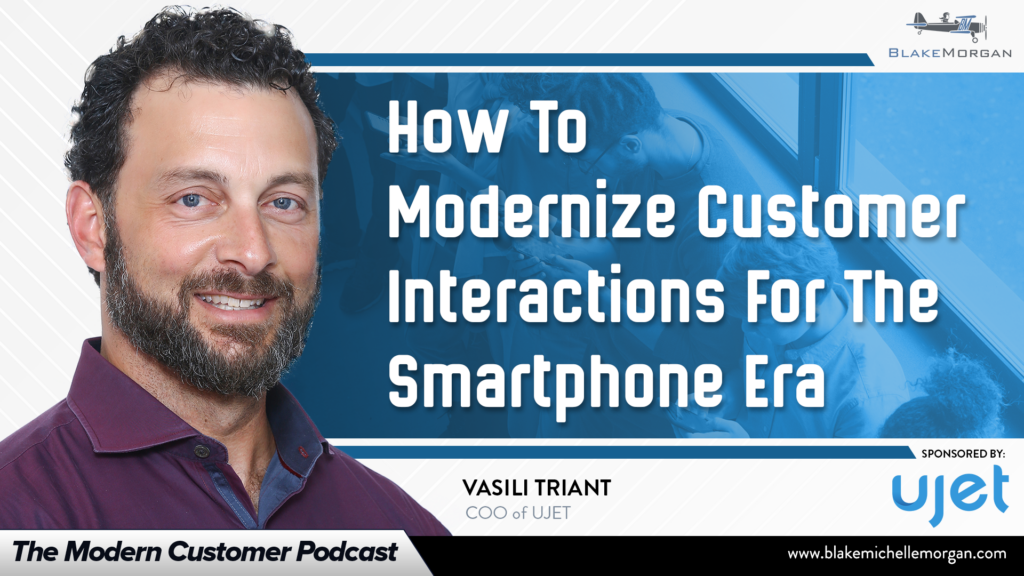It’s a common situation for customers: spending time on a company’s app or website and then having to call customer service for help. Even after spending time searching online, the customer still has to wait on hold, log in or prove their identity and then re-explain the situation and wait to get connected to the right person.
In recent years, many aspects of customer experience have been modernized and streamlined, such as the growth of chatbots and AI. However, even with these advancements, most customer interactions have stayed stagnant and without context.
But that won’t be able to continue for long. Modern customers realize the potential of their data and are increasingly becoming frustrated with companies that don’t offer intuitive and connected experiences. Especially in industries like banking, healthcare and hospitality, customers can easily take their business elsewhere if they have a bad experience.
According to Vasili Triant, COO of UJET, customers may start with a brand because of the product or price, but they stay because of the experience.
He says the future of modern customer interactions involves channel blending or meeting customers where they are within a brand’s app. Instead of pushing customers out of the app or website when they need to contact the brand, this modern approach stays within the app to seamlessly pass information to human agents. How a customer uses an app or how they search online provides rich data about their preferences, but brands are throwing that information away when they essentially make customers start over with each interaction.
This approach not only saves the customer time by not requiring them to re-authenticate and then re-explain their situation, but it also makes it easier for brands to personalize the experience. If a customer is looking at a website in English, they shouldn’t have to choose a language on the phone, just like a customer who has already authenticated in the app shouldn’t have to do it again on the phone.
According to Triant, leveraging in-app communication adds a vital aspect that is often missing from customer interactions: context. When a customer calls a company, the agent typically doesn’t have much information about why they could be calling. But by connecting with customers through channels they already use and leveraging that data, agents automatically have context around the interaction and can more easily provide the right solution. Very few brands contextualize their customer experience, but as personalization and the need for convenience grows, customers will come to expect it.
In the smartphone era, customers do nearly everything on their phones. They want and expect a seamless transition from self-service to being able to contact a brand. The companies that can take the step towards modernizing their experiences and offer context around the interaction will lead the way in personalization and customer loyalty. This approach to customer interactions is the future, and companies need to get on board to deliver strong, modern experiences.
*Sponsored by UJET
UJET is the world’s first and only cloud contact center platform for smartphone era CX. By modernizing digital and in-app experiences, UJET unifies the enterprise brand experience across sales, marketing, and support, eliminating the frustration of channel switching between voice, digital, and self-service for consumers. Offering unsurpassed resiliency and the flexibility to deploy across leading public cloud infrastructures, UJET powers the world’s largest elastic CCaaS tenant at up to 22,000 agents globally and is trusted by innovative, customer-centric enterprises like Instacart, Turo, Wag!, and Atom Tickets to intelligently orchestrate predictive, contextual, conversational customer experiences.
Blake Morgan is the bestselling author of The Customer of the Future. Sign up for her new course here.
For regular updates on customer experience, sign up for her weekly newsletter here.

